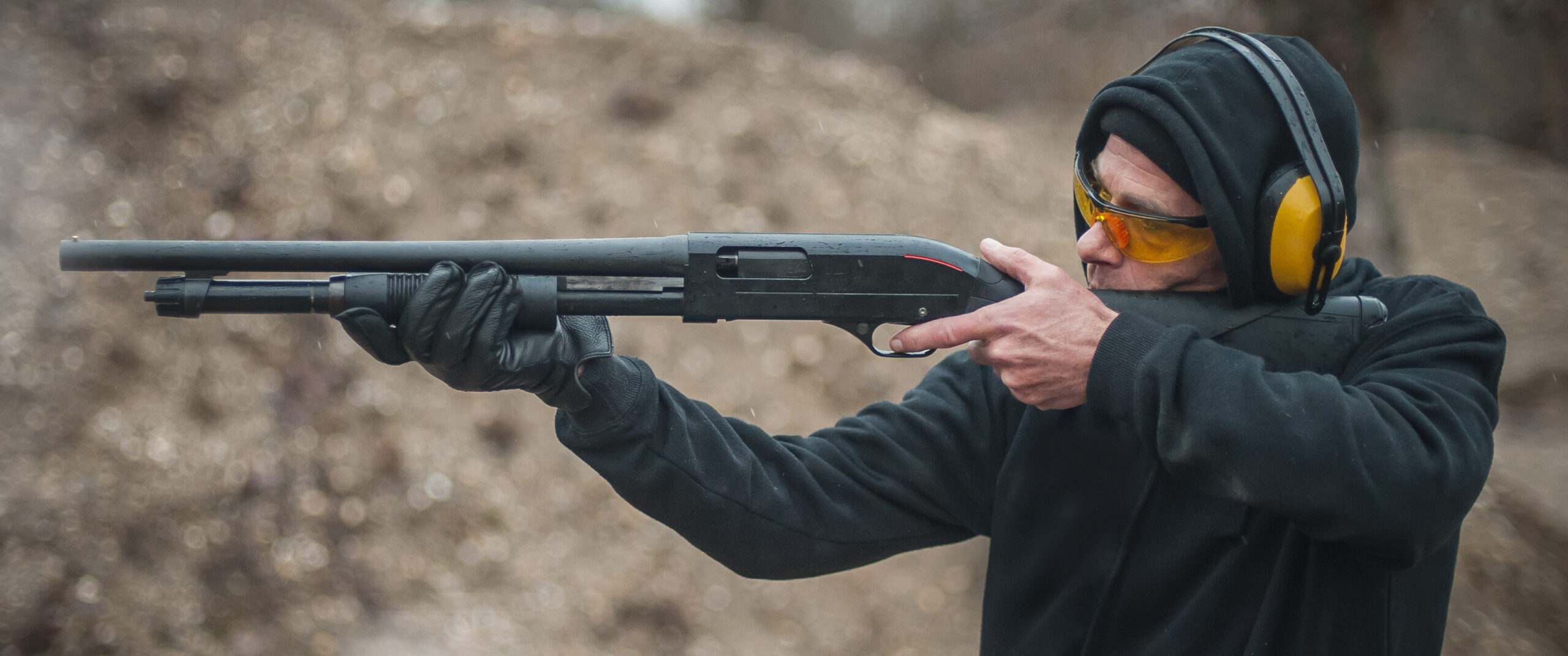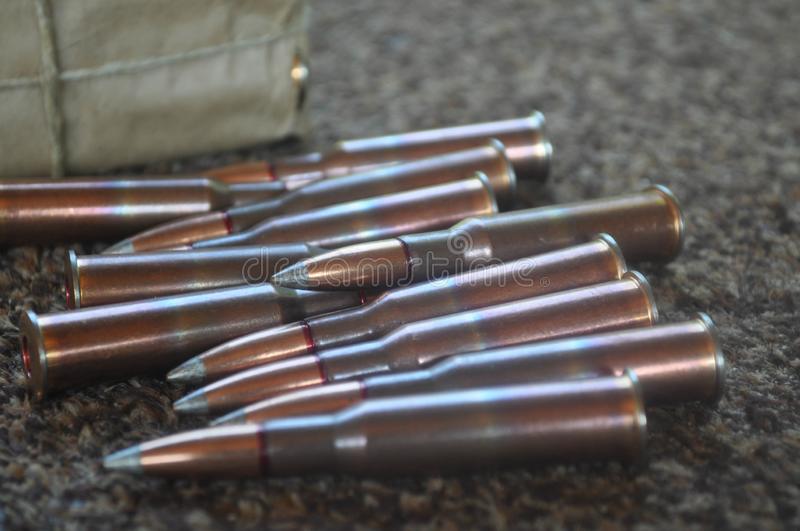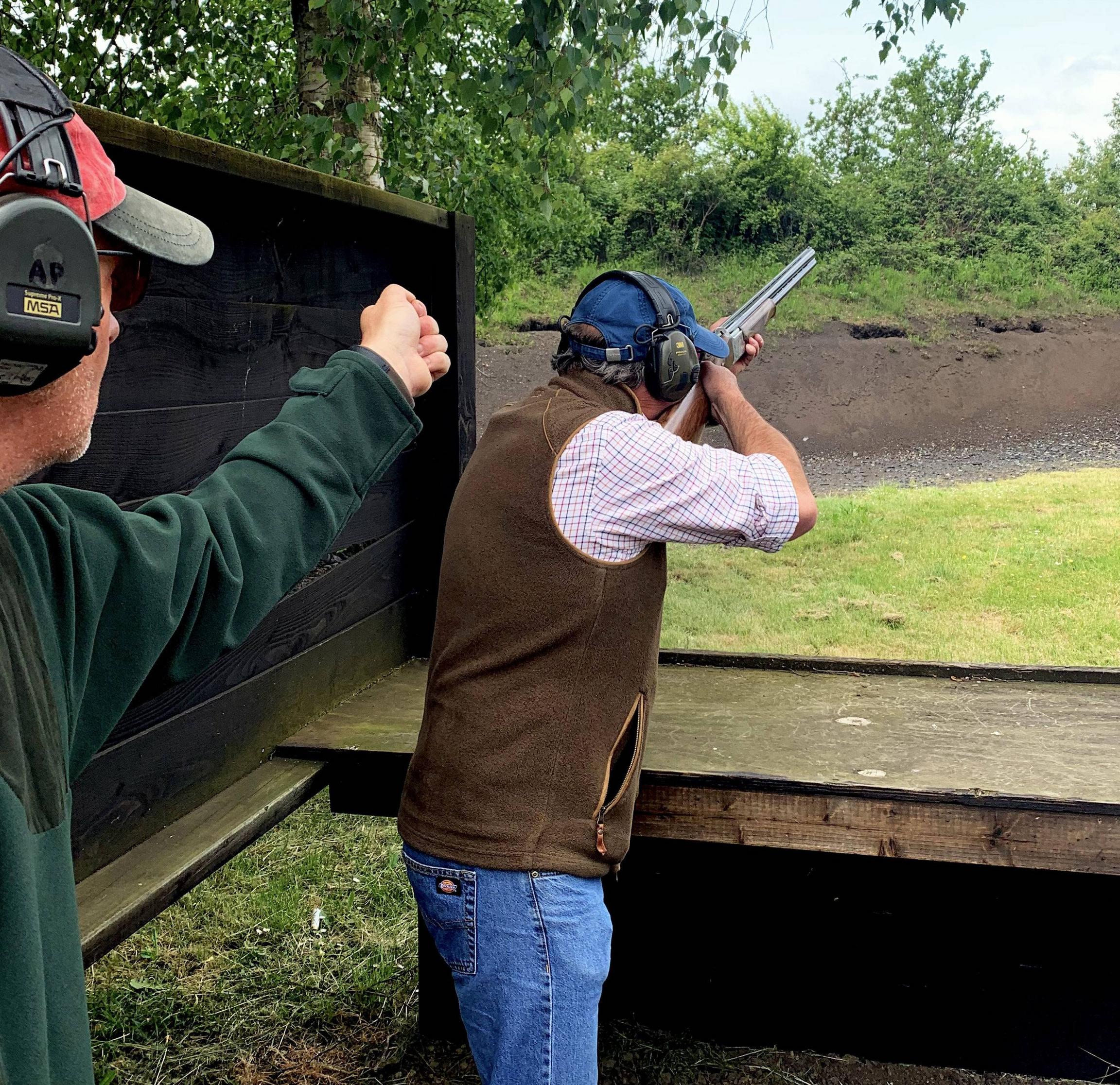
Firearms are dangerous for several reasons. First of all, you lose control of where you shoot. It is crucial that you never aim for anything other than the target. It is considered reckless to fire at moving objects or make loud noises. Persons who are close to a gunshot may also be injured. These factors will help you make safe gunshots. For more information on safe gunshot directions, please read the following.
Secure direction to fire a firearm
One of the most important gun safety rules is to maintain the safe direction of your firearm when firing. Your muzzle should always point downrange. This is the most secure direction to point a firearm during firing or unloading. Never point a gun sideways, backwards, or turn it around. Also, never carry a loaded gun outside the shooting stall or pass it between stalls.

Never point a gun at someone or yourself while handling a gun. Be logical when choosing the best direction. Your gun should point toward the ground or target outdoors. Bullets can penetrate many surfaces including doors, windows, walls and doors. Keep your finger off of the trigger until you're ready. It is possible to condition your finger to touch your gun's frame once you are ready for fire.
Effects of firing an gun on the nervous System
Studies have shown that those who regularly fire anti-tank guns suffer from memory and thinking impairments. However, it is not clear if these changes are permanent or temporary. Scientists continue to investigate these issues. But one thing is certain: firing guns causes discomfort. The brain's responses to electric shocks, loud noises, and ice water immersion are affected. Persons who shoot a gun will also feel increased stress levels.
Effects of firing a gun on the body
Your body can be traumatized by a gunshot. Gunshot wounds can result in a variety injuries depending on what bullet was used and how far the bullet traveled to the area. A shotgun's wound can be either circular or rectangular. It can also be any shape. Depending on the type of bullet, you may sustain multiple irregular wounds, as well as abrasion or contusion.

A stellate is one type if wound that can be caused by a gunshot. The gases released from the muzzle after it hits the target cause this type of wound. These gases explode and can cause severe damage to skin and tissue. Blood can spill onto the firearm, which could cause back-splattering. These symptoms can result in a person being hospitalized for several years.
FAQ
What are the advantages of hunting?
Hunting is a tradition that many cultures have followed for centuries. Hunting was used to provide food, clothing, shelter and tools as well as medicine. People hunt today for sport and recreation, as well as for food and entertainment. Hunted meat is usually eaten right after it has been killed. Skin, fur, feathers and bones of hunted animals are often sold as trophies.
Hunting isn't just a way of eating; it's a lifestyle.
Hunting people have strong relationships and friendships. They spend time together. They share stories and experiences at campfires, and over meals.
Hunting and nature are a joy for hunters, and this helps them appreciate the rest of our planet.
When they take care and look after the game animals, they develop responsibility and respect.
Hunters become better citizens because they practice conservation. They protect habitats as well as species. They are able to understand the amount of land and water that is necessary for survival.
Hunters are part a larger community. Their families depend upon them. They work together. They support local businesses.
Hunters can also give back. Many hunters give money to help veterans and the elderly.
Hunters may also offer their time and help to those in need. They might volunteer their time with organizations like the Humane Society and the Red Cross.
How popular are hunting and fishing in America?
Hunting is a popular American pastime. Americans spend more than $8 billion each year on hunting supplies and equipment. On average, hunters spend about $1,000 per year.
Many hunters hunt not as a hobby, but as a way of relaxing. The United States is home to nearly 50 million hunters. This number includes both men and women.
Hunters are from all walks of the life. From young children to old adults, they come from all walks of life. Some hunters have been doing it since the beginning, while others are just getting started.
Hunting is a popular occupation for people who enjoy the outdoors. Many hunters feel that this is a great way to connect with nature and experience what it feels like to be free.
Hunting is also a social activity. Hunting can be done with a group of hunters. Sometimes, these groups include family members and friends as well as co-workers.
Hunting has also become a competitive sport among sportsmen. Hunting is a competitive sport where hunters compete with each other to shoot different species of animals.
Hunting teams compete to set the record for largest deer kill. These records are usually set up by professional hunters.
How many people hunt rifles in the US
According to estimates, around 2,000,000 hunters use rifles for hunting deer, elk, and moose annually.
These hunters are mostly males, aged between 18-55 years old and live in rural areas.
They hunt alone and use a bow or crossbow.
The most popular hunter is whitetail deer (68%), followed by mule and black deer (13%) and bears (10%)
Although there is no national data on how many women participate in this activity, anecdotal evidence suggests that participation rates among female hunters are increasing.
What is the most critical part of hunting wildlife?
How do we get there? The first step is to learn how to shoot accurately. Next, you must learn how to hit your target. Finally, you must be able to make changes if you fail.
Hunting is only possible if you know what you're doing. You won't improve if you don't understand what you are doing. You might think you've improved because you've gotten better shots, but if you didn't know what you were doing before, those shots won't mean anything. The same applies to hitting targets. If you don’t understand the reasons you’re missing, it will be difficult to improve. This means that you must know what you are aiming for.
This is where knowledge really comes into play. Your ability to hunt is dependent on your knowledge of the animal that you're hunting. While out in the natural world, it is important that you learn everything you can about any animal you encounter. You want to know their habits, their behaviors, and even their personalities. You can plan your hunts to make them run smoothly.
You should always try to learn from others who have been successful in the past. You can find many books on the topic. In addition, there are websites like www.thehuntingzone.com that offer great tips and advice. Finally, you have people who have years and years of experience. They can help you identify what works and what doesn't work.
Once you have learned everything, it is time for practice. Practice makes perfect. However, you shouldn't just practice until you feel good. Instead, you should practice until your confidence grows. Confidence allows one to relax and enjoy each step. Relaxation can help you focus on the task in hand. Concentration is key to maximizing every opportunity. Opportunities come only when you're relaxed and focused.
You're now ready to test your new skills. Do not worry if your attempts fail. You can keep improving and practicing. You will eventually achieve success.
Statistics
- - Percent of residents with paid hunting licenses: 0.7%- (stacker.com)
- Over the past 50 years, the number of hunting licenses in California has been on a rapid decline, falling 70% from more than 760,000 in the 1970s to under 268,000 in 2020—even as the state's population has skyrocketed, according to The Mercury News. (stacker.com)
- - Percent of residents with paid hunting licenses: 0.7%- (stacker.com)
- Indiana, for example, saw a 28% jump in turkey license sales during the first week of the season. (stacker.com)
External Links
How To
How to hunt wild hogs
Wild hogs are large animals found in North America, Africa, Asia, and Europe. Wild hogs eat both vegetation and small animals, such as birds, fish, mice, rabbits and mice. They usually eat at night. One piglet is born after the gestation period of approximately six months. A sow gives birth every two years. Although wild hogs are usually solitary, they can sometimes live in groups called herds.
Wild boars are 200 pounds (90 kilograms) in weight. Their head length is approximately 10 to 12 inches (30-25 cm), and their bodies range from 20 to 30 in (50-75cm). Wild pigs are long-legged, have broad shoulders and short tails. They have a thick layer under their skin of fat.
They have excellent senses of smell and hearing. These senses allow them to spot danger and locate food. They can run upto 35 mph (56 km/h) at speeds of up to 14 mph and jump upto 15 feet (4 m) from a distance of just under 4 m. They have sharp teeth. They are aggressive when defending themselves against predators.
Hunting wild hogs is hard because they are intelligent, fast, and elusive. Hunting wild hogs requires careful observation. The animal could escape if hunters are too quick to shoot. If hunters are too late, the animal might die before it reaches shelter.
There are many ways to hunt wild hogs. The most common method of killing wild hogs is to shoot. This requires hunters to track down the animal and then wait until it comes into range. Trapping is another option. The trapping method involves placing traps close to water sources that the hogs can drink. Many traps include a scent lure, such as corn meal and peanut butter. Once the trap is released, the hunter will shoot the trapped pig.
Snaring is another method. Snaring uses a noose made out of rope to catch the pig. It works best when the pigs are caught during their mating season.
Other methods include spearing, netting, and poisoning. Netting and spearing involve placing a net or spear through the pig's neck to stop its breathing. Poisoning refers to injecting poison in the pig's neck.
Hunting wild hogs is a challenging sport. Hunters should be prepared for winter. Hunting in colder areas may require the use of snowshoes. Some hunters carry dogs to help them track the animals.